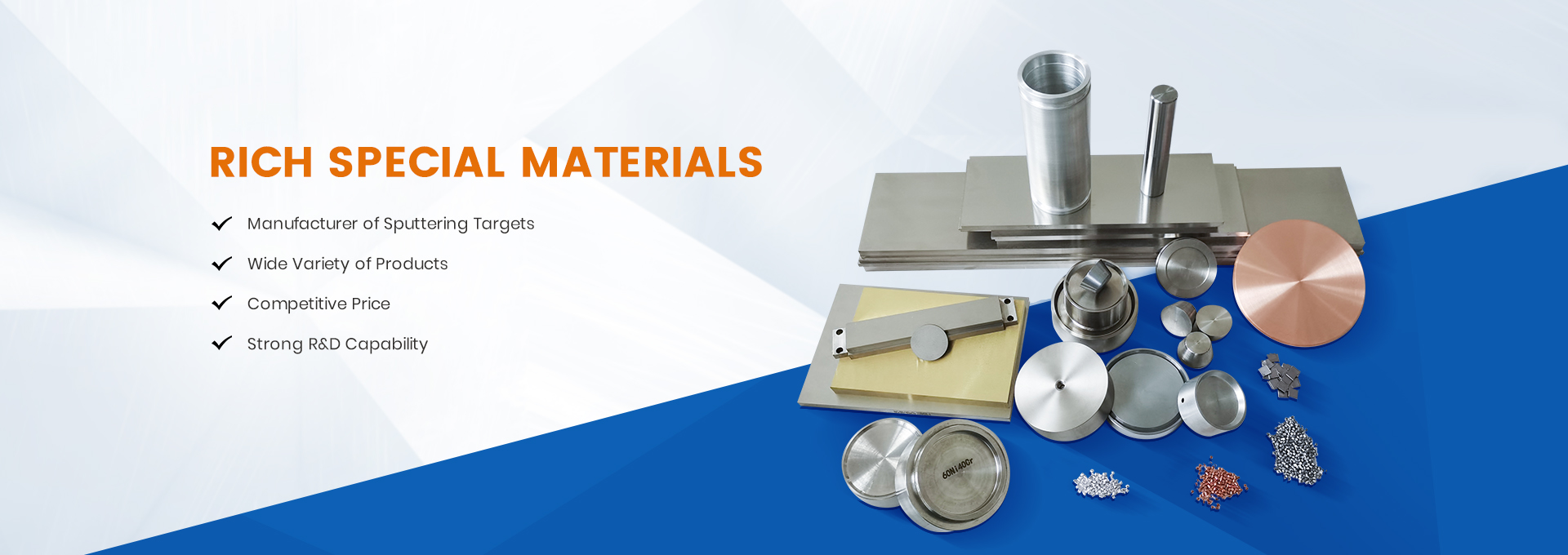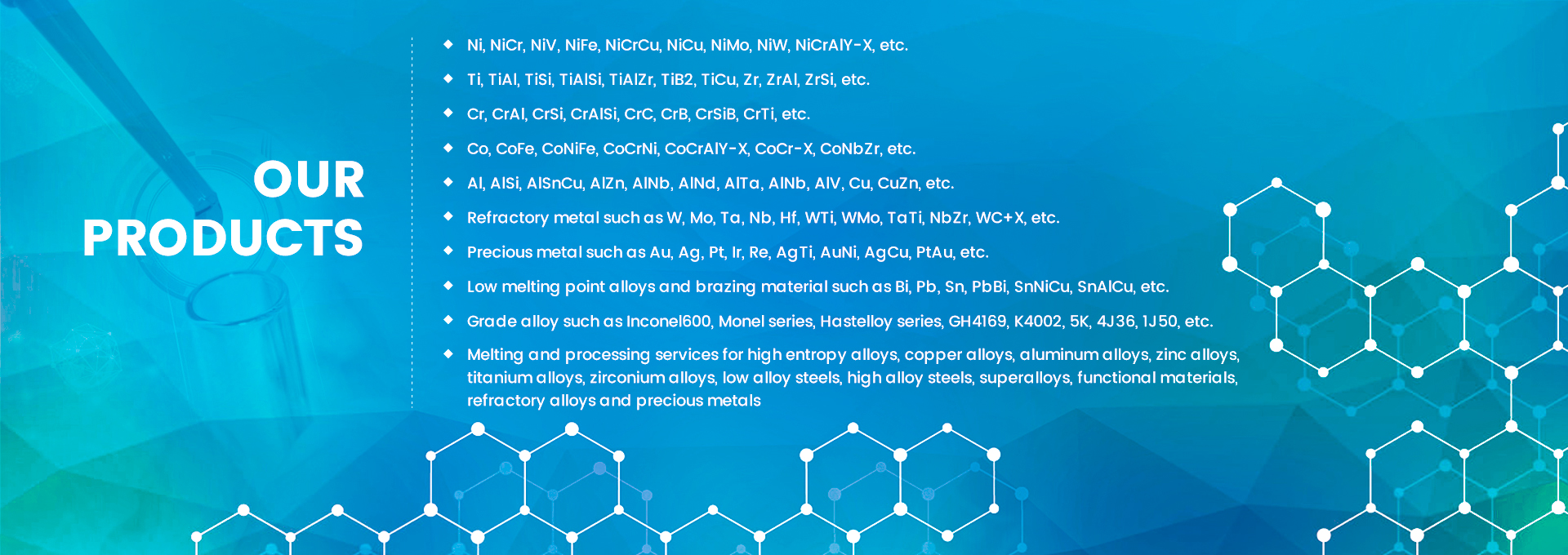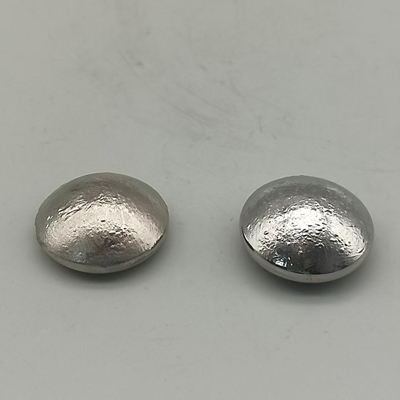Why Has Titanium-Copper-Nickel Alloy Button Ingot Become an Industrial Favorite?
In recent years, titanium-copper-nickel alloy button ingots have seen surging demand in aerospace, medical devices, and other fields. According to the MarketsandMarkets 2024 report, the global high-temperature alloy market has reached $32 billion, with titanium-based alloys now accounting for 28% of the share. This button ingot achieves a groundbreaking balance between corrosion resistance and mechanical strength through ternary synergy.
In our team’s 2025 case study on automotive turbochargers, titanium-copper-nickel alloy button ingots demonstrated 40% longer fatigue life than traditional nickel-based alloys. Counterintuitively, while raw material costs rose by 15%, maintenance costs dropped by 60%, delivering significant overall benefits.
Material Ratio Optimization Roadmap
- Control titanium content between 42-48% (to avoid β-phase embrittlement)
- Fix copper-nickel ratio at 1:1.2 (ensuring thermal stability)
Add 0.5% rare earth elements (enhancing grain boundary strength
| Parameter | Traditional Process | Improved Process |
|---|---|---|
| Density (g/cm³) | 5.8 | 5.6 |
| Tensile Strength (MPa) | 980 | 1250 |
⚠ Warning: Excessively increasing titanium content will spike work-hardening rates, making machining exponentially harder!
Case Study: Precision Revolution in Medical Devices
A orthopedic implant manufacturer once struggled with cobalt-chromium alloy allergies. After switching to titanium-copper-nickel alloy button ingots:
- Biocompatibility met ASTM F136 standards
- Machining efficiency improved by 30% (thanks to optimized work-hardening curves)
- Sterilization cycles increased from 12 to 50
“Initially, we worried about insufficient ductility,” recalled Technical Director Wang Wei. “But through graded annealing, the fracture shrinkage rate actually reached 65%.”
Step-by-Step Operational Guide (Smelting Process)
- Raw Material Pretreatment: Titanium scraps require hydrogenation-deoxygenation (650±20°C)
- Vacuum Melting: Maintain 10⁻³ Pa vacuum, add copper and nickel simultaneously
- Electromagnetic Stirring: 15Hz frequency for 8 minutes to eliminate segregation
- Button Ingot Forming: Apply bidirectional extrusion (pressure ≥800MPa)
- Post-Treatment: Argon annealing followed by liquid nitrogen cryogenic cycling (3 cycles)
Debunking Common Misconceptions
⚠ Avoid These Costly Mistakes:
- Myth 1: “Higher smelting temperatures are better” → Tests show exceeding 1550°C causes titanium volatilization
- Myth 2: “Fully replaces stainless steel” → Surface nitriding remains necessary in strong acid environments
- Myth 3: “Larger ingots save costs” → Diameters over φ200mm risk core shrinkage porosity
Future Development Trends
With advancements in 3D printing, titanium-copper-nickel alloy button ingots are evolving in two directions:
- Micro-alloying (adding 0.1-0.3% yttrium)
- Gradient structure design (surface hardness up to HRC55)
Interestingly, Tesla’s 2026 battery modules adopted this alloy for heat sinks, achieving a thermal conductivity of 117W/m·K—20% higher than aluminum alloys.
Practical Checklist
✅ Verify raw material purity (Ti≥99.7%, Ni≥99.9%)
✅ Calibrate furnace vacuum levels and document
✅ Grain size test report (must meet ASTM Level 8+)
✅ Record processing parameters (especially annealing curves)
✅ Multi-point hardness testing (minimum 5 locations)By systematically applying titanium-copper-nickel alloy button ingot technology, companies can build end-to-end competitive advantages from material innovation to process upgrades. Next time you face high-temperature, high-pressure material challenges, consider this alloy that marries strength and toughness.
Post time: Apr-24-2025






